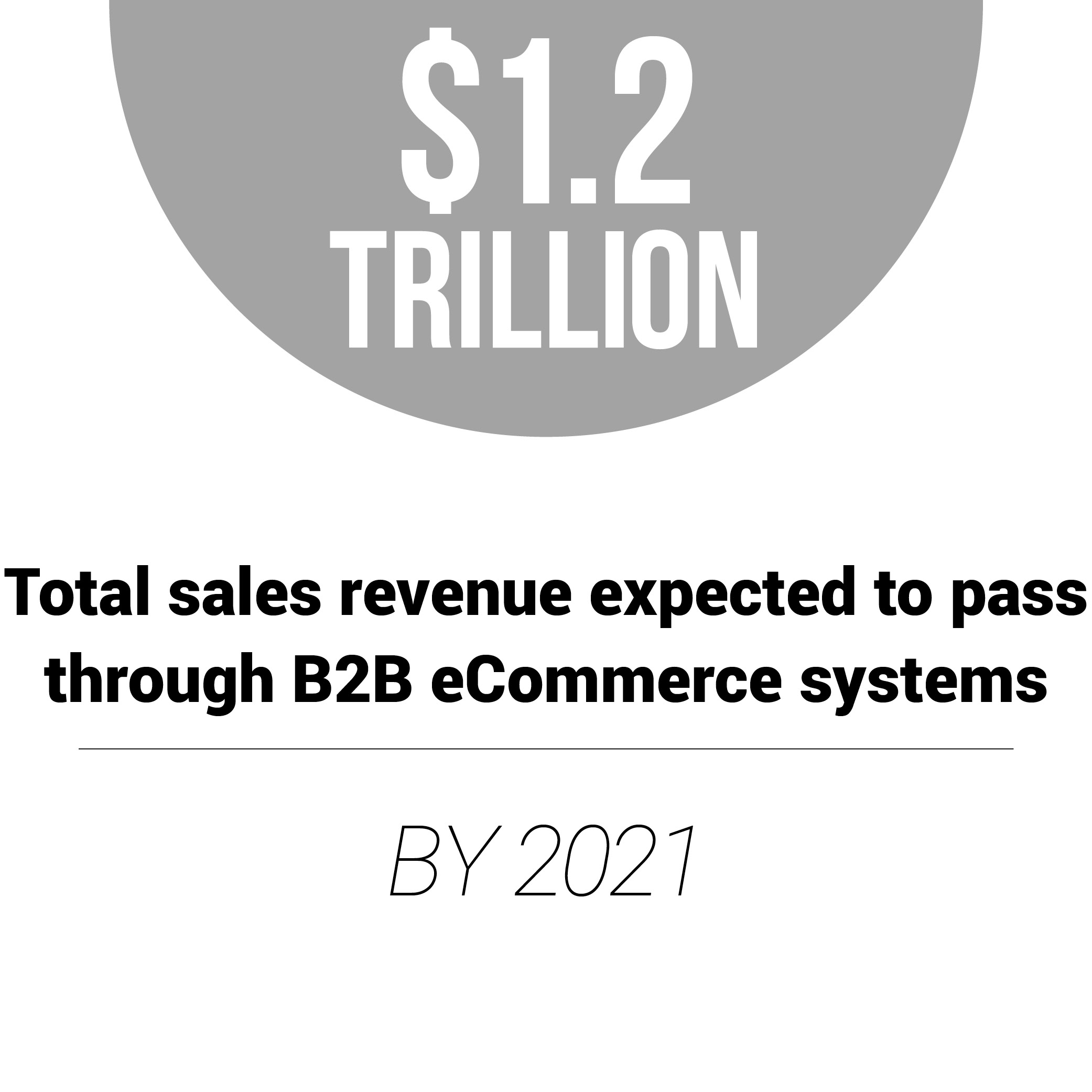The Interoperability-Integration Debate: Where APIs Fit

New technology and solutions powered by APIs are hitting the financial services market every day, brought on by new innovations or industry regulations.
But introducing tech to stay compliant with new regulations and expecting easy adoption in a competitive space is a steep hill to climb – one made even tougher by outdated or legacy technology and IT infrastructure.
In the May B2B API Tracker™., PYMNTS examines the latest B2B API news from around the world, including a look at newly debuted, API-powered financial services solutions – and how some are working to make these innovations work in better harmony with legacy tech.
Around the B2B API World
New regulations in the E.U., including the quickly approaching General Data Protection Regulation (GDPR) or recently enacted revised Payment Service Directive (PSD2), are ushering in new, API-powered solutions around the financial services space.
Segment, for one, is targeting GDPR compliance with a new API. It’s designed to enable companies to issue data deletion requests for specified users, as is mandated by the new regulation.
Similarly, Fiserv is hoping to help its FI customers comply with both new regulations with its new API solution, FinKit for Open Banking. The solution is aimed at helping FIs meet and keep pace with new rules called for by Open Banking, while also enabling banks and other financial service providers to run, monitor and support the APIs needed to share information with trusted third-party providers.
Turning to APIs to Bridge the Gap Between Old and New Tech
But embracing new solutions to remain compliant with regulations can be easier said than done – especially when it comes to integrating those new innovations with legacy tech.
That’s why cloud-based payments utility Modo is working to make integration a non-factor. In a recent interview with PYMNTS for the latest edition of the B2B API Tracker, CEO Bruce Parker explained how the company works to make old and new technology interoperable, rather than integrated, through a range of APIs and cloud-based solutions.
“The old stuff can stay old, the new stuff can say new,” he said. “We figured out a way to tie into any payment system, any ledger, any bank account, any system of value or accounting system [and] represent the data it has or needs to receive in this one universal form. We break everything down into its component or molecule parts in four categories of data.”
To read the full story, download the latest issue of the B2B API Tracker™.
About the Tracker
The B2B API Tracker™. serves as a monthly framework for the space, providing coverage of the most recent news and trends, along with a provider directory highlighting the key players contributing across the segments that comprise the B2B API ecosystem.

